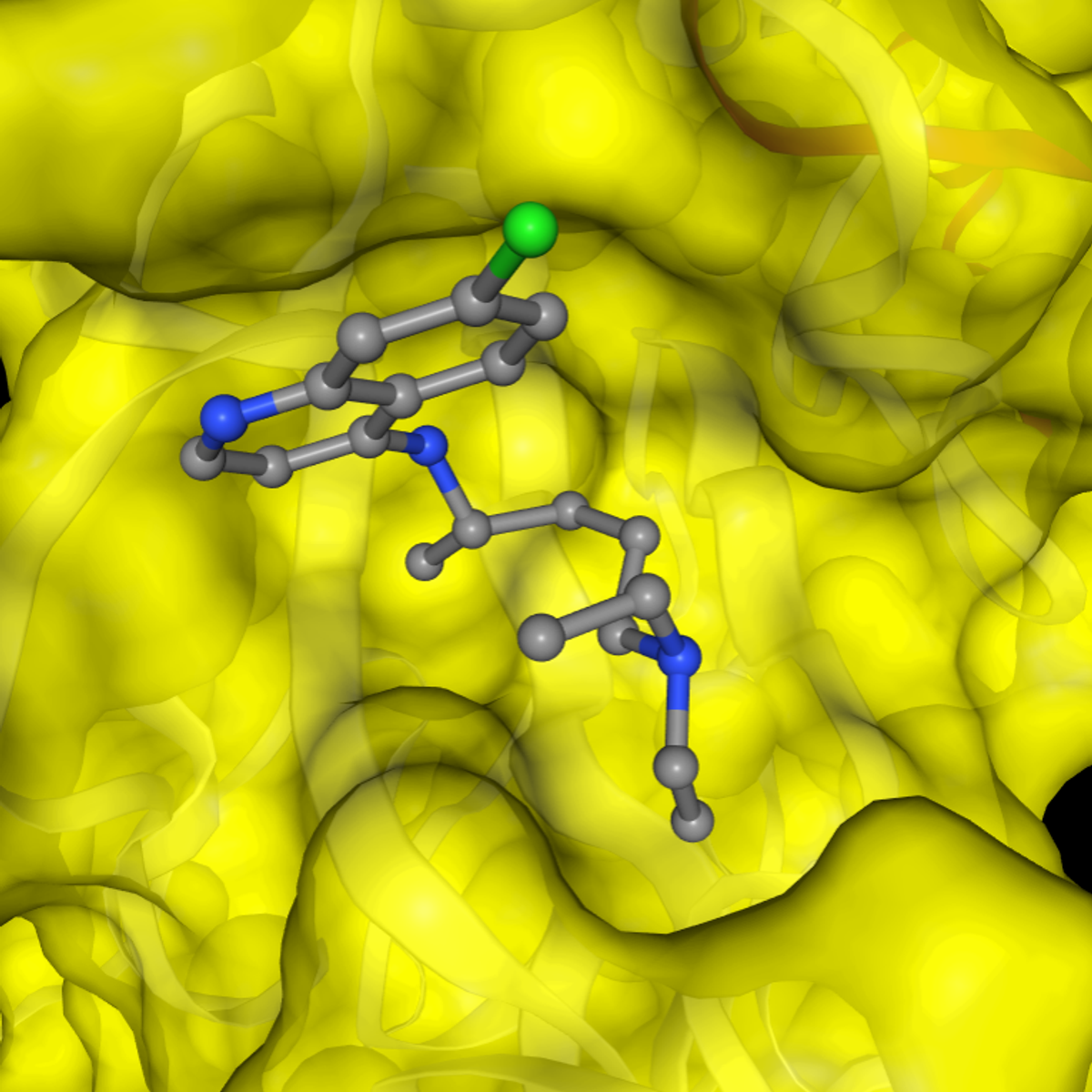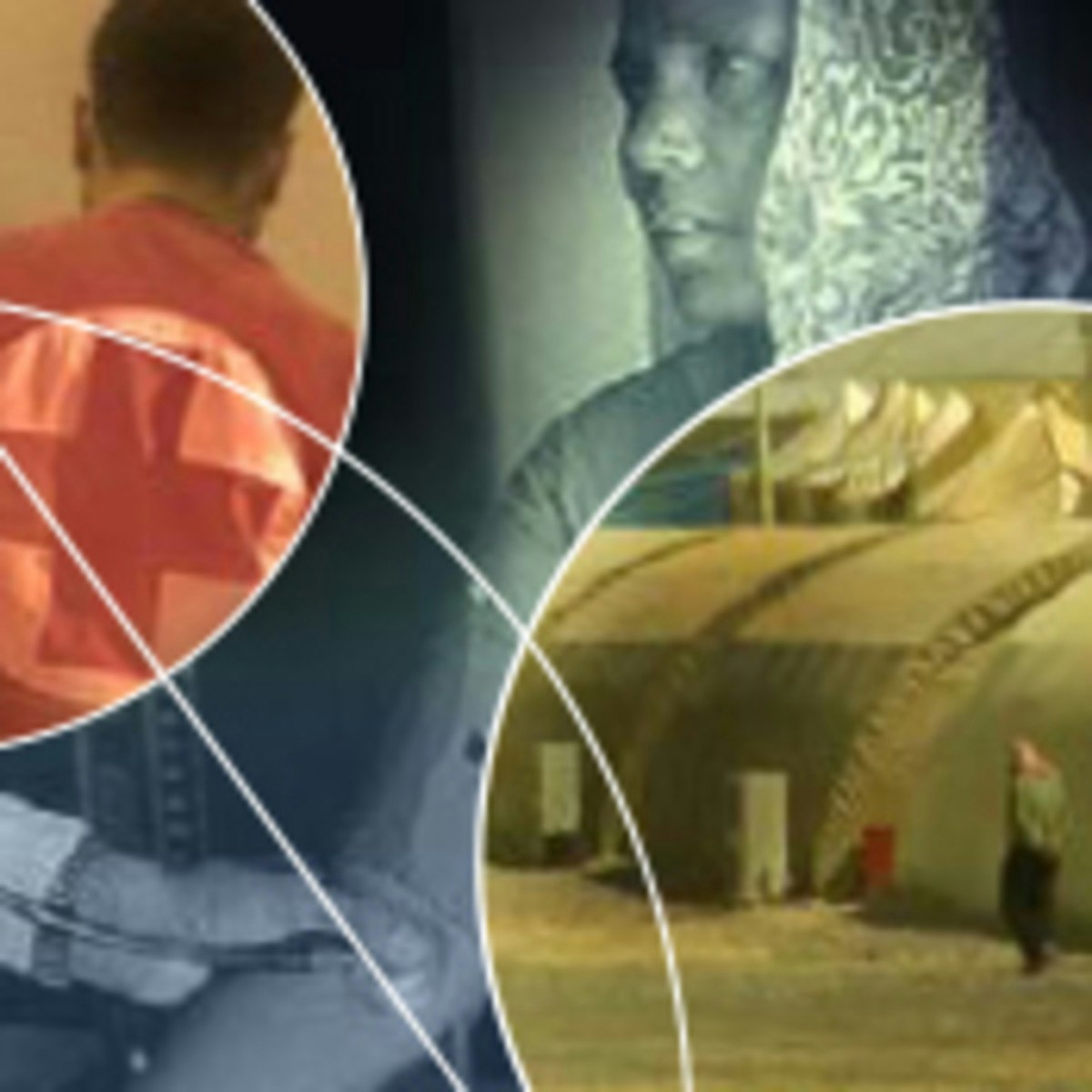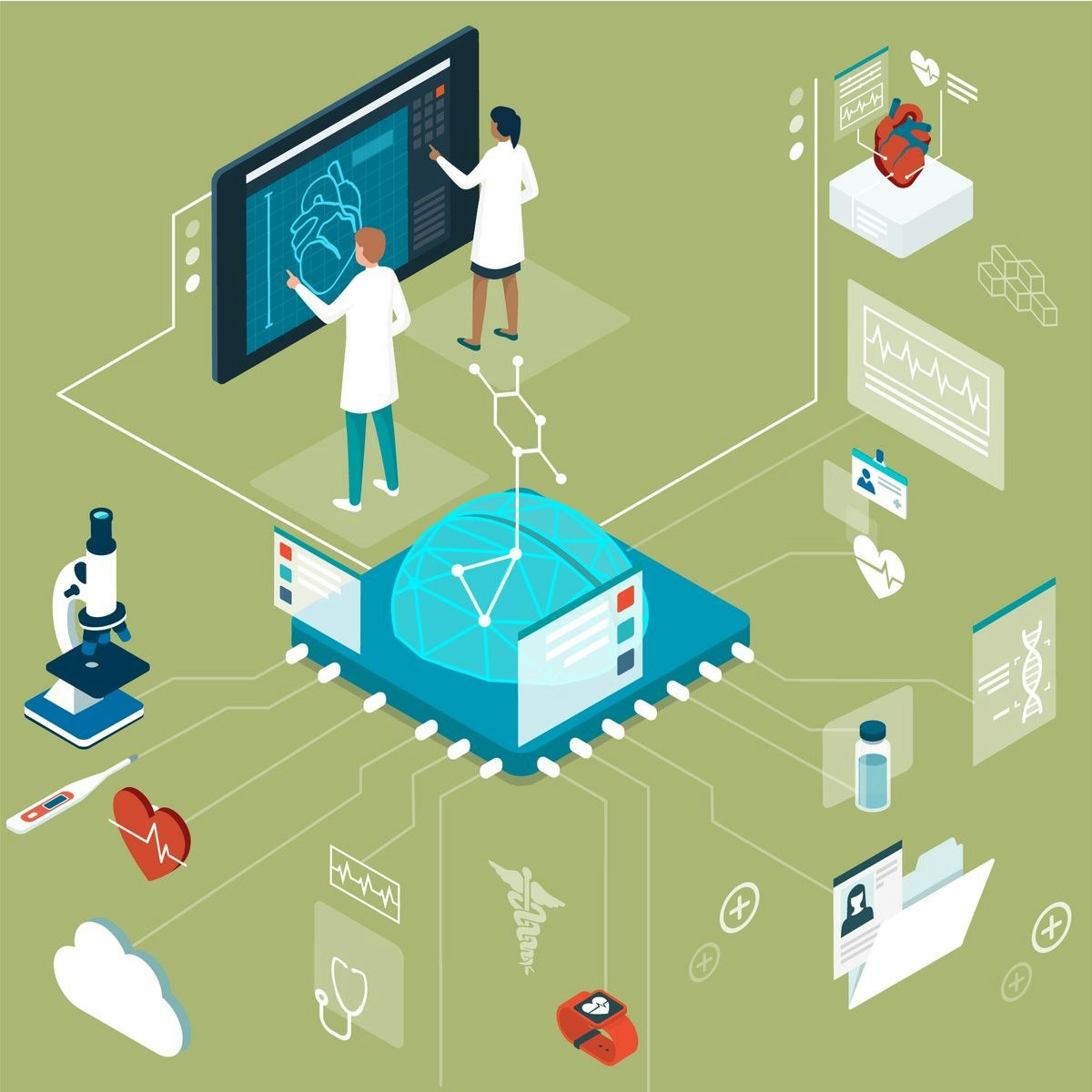Back to Courses









Life Sciences Courses - Page 49
Showing results 481-490 of 644

Mindfulness in Integrative Healthcare
By the end of this course, you will be able to assess when mindfulness may be helpful for your patients or clients, educate them about its potential benefits, and refer them to mindfulness programs and resources. To begin, you will explore what mindfulness is (and is not) through presentations and direct experience. You will also learn about the research supporting the benefits (and risks) of mindfulness for various conditions, as well as how to identify contraindications. Finally, you will learn about the benefits of this practice for you as a busy healthcare provider.
Continuing Education Credit
This course has been designed to meet Minnesota Board of Nursing continuing education requirements for 10 contact hours and may be eligible for CE credit from other professional boards that allow self-documenting of continuing education activities. It is your responsibility to check with your regulatory board to confirm this course meets your local requirements and, if necessary, to provide them with the certificate of completion you get if you pay for and fulfill all the requirements of this course.

Epidemics - the Dynamics of Infectious Diseases
Not so long ago, it was almost guaranteed that you would die of an infectious disease. In fact, had you been born just 150 years ago, your chances of dying of an infectious disease before you've reached the tender age of 5 would have been extremely high.
Since then, science has come a long way in understanding infectious diseases - what they are, how they spread, and how they can be prevented. But diseases like HIV/AIDS, Malaria, Tuberculosis, or the flu are still major killers worldwide, and novel emerging diseases are a constant threat to public health. In addition, the bugs are evolving. Antibiotics, our most potent weapon against bacterial infections, are losing their power because the bacteria are becoming resistant. In this course, we'll explore the major themes of infectious diseases dynamics.
After we’ve covered the basics, we'll be looking at the dynamics of the flu, and why we're worried about flu pandemics. We'll be looking at the dynamics of childhood diseases such as measles and whooping cough, which were once considered almost eradicated, but are now making a comeback. We'll explore Malaria, and use it as a case study of the evolution of drug resistance. We'll even be looking at social networks - how diseases can spread from you to your friends to your friends' friends, and so on. And of course we’ll be talking about vaccination too. We’ll also be talking about how mobile phones, social media and crowdsourcing are revolutionizing disease surveillance, giving rise to a new field of digital epidemiology. And yes, we will be talking about Zombies - not human zombies, but zombie ants whose brains are hijacked by an infectious fungus.
We're looking forward to having you join us for an exciting course!

SARS-CoV-2 Protein Modeling and Drug Docking
In this 1-hour long project-based course, you will construct a 3D structure of a SARS-CoV-2 protein sequence using homology modeling and perform molecular docking of drugs against this protein molecule and infer protein-drug interaction. We will accomplish it in by completing each task in the project which includes
- Model protein structures from sequence data
- Process proteins and ligands for docking procedure
- Molecular docking of drugs against protein molecules
Note: This course works best for learners who are based in the North America region. We’re currently working on providing the same experience in other regions.

Chicken Behaviour and Welfare
This course explains the general principles of chicken behaviour and welfare, and the behavioural and physiological indicators that can be used to assess welfare in chickens kept in hobby flocks through to commercial farms. The focus is primarily on laying hens and meat chickens (broilers) although many of the principles are relevant to other types of poultry. The course is likely to be of interest to people who own chickens as pets or keep a small hobby flock, commercial egg and chicken meat producers, veterinarians and vet nurses.
Learning Objectives: at the end of this course, you will be able to -
- Describe avian sensory perception and motivation
- Explain the main behaviour patterns of poultry
- Define welfare and explain the bases of welfare standards
- Assess chicken welfare, using behavioural and physiological means
- Understand common welfare problems of chickens
This course is taught by staff from Scotland's Rural College (SRUC), University of Glasgow, and St David's Poultry Team.
You can follow us on Twitter! #chickenmooc
© University of Edinburgh and Scotland's Rural College 2016 CC BY

Principles of fMRI 1
Functional Magnetic Resonance Imaging (fMRI) is the most widely used technique for investigating the living, functioning human brain as people perform tasks and experience mental states. It is a convergence point for multidisciplinary work from many disciplines. Psychologists, statisticians, physicists, computer scientists, neuroscientists, medical researchers, behavioral scientists, engineers, public health researchers, biologists, and others are coming together to advance our understanding of the human mind and brain. This course covers the design, acquisition, and analysis of Functional Magnetic Resonance Imaging (fMRI) data, including psychological inference, MR Physics, K Space, experimental design, pre-processing of fMRI data, as well as Generalized Linear Models (GLM’s). A book related to the class can be found here: https://leanpub.com/principlesoffmri.

Big Data Science with the BD2K-LINCS Data Coordination and Integration Center
The Library of Integrative Network-based Cellular Signatures (LINCS) is an NIH Common Fund program. The idea is to perturb different types of human cells with many different types of perturbations such as: drugs and other small molecules; genetic manipulations such as knockdown or overexpression of single genes; manipulation of the extracellular microenvironment conditions, for example, growing cells on different surfaces, and more. These perturbations are applied to various types of human cells including induced pluripotent stem cells from patients, differentiated into various lineages such as neurons or cardiomyocytes. Then, to better understand the molecular networks that are affected by these perturbations, changes in level of many different variables are measured including: mRNAs, proteins, and metabolites, as well as cellular phenotypic changes such as changes in cell morphology. The BD2K-LINCS Data Coordination and Integration Center (DCIC) is commissioned to organize, analyze, visualize and integrate this data with other publicly available relevant resources. In this course we briefly introduce the DCIC and the various Centers that collect data for LINCS. We then cover metadata and how metadata is linked to ontologies. We then present data processing and normalization methods to clean and harmonize LINCS data. This follow discussions about how data is served as RESTful APIs. Most importantly, the course covers computational methods including: data clustering, gene-set enrichment analysis, interactive data visualization, and supervised learning. Finally, we introduce crowdsourcing/citizen-science projects where students can work together in teams to extract expression signatures from public databases and then query such collections of signatures against LINCS data for predicting small molecules as potential therapeutics.

Non-Communicable Diseases in Humanitarian Settings
NCDs are the leading cause of death in almost every region of the world, and place a huge burden on individuals, families and societies. Humanitarian settings have a negative effect on the levels of disease, and the possibility of treatment. The importance of NCDs in global health is acknowledged by their inclusion in the Sustainable Development Goals, which call for a reduction of a third in premature mortality from NCDs by 2030. However, NCDs have until recently received little attention in humanitarian settings, leaving prevention, care and treatment needs largely unaddressed among some of the most vulnerable populations. According to the World Health Organization, 70 percent of global deaths are due to NCDs. The four main disease groups which cause the greatest number of deaths are cardiovascular disease, cancer, diabetes and chronic obstructive pulmonary disease (including asthma).
The course will provide knowledge about issues and dilemmas that occur around NCDs in humanitarian settings and possible solutions.
Why are NCDs a problem in humanitarian emergencies or crises? Natural disasters and complex emergencies, including armed conflict, have a negative effect on the levels of disease, and on the possibilities for preventing, treating and caring for people with NCDs. People living with NCDs often need continuous care to avoid disease progression, and disrupted treatment due to natural disaster or emergencies pose a large health challenge. In conflict situations and fragile contexts, the challenge of disrupted care and treatment may be exacerbated – an estimated 65 million people have been forcibly displaced by conflict, displacement lasts longer, and at times health systems and health personnel are deliberately targeted.

The New Nordic Diet - from Gastronomy to Health
The New Nordic Diet is a new food culture developed in 2009-13 with key emphasis on gastronomy, health, and environment. Major research in its effect on acceptability, behaviour and learning skills, and disease prevention have been conducted by the OPUS centre at the University of Copenhagen and the people behind the award-winning restaurant Noma in Copenhagen.
This course will give the participants the opportunity to experience a healthy and palatable new food and eating concept diet “The New Nordic Diet” and an understanding of how food and diets can affect mental and physical health and ensure the foundation for a healthier life style for future generations with a regional based diet and food culture.
In Denmark “the Nordic cuisine”, has expanded from food eaten at the award-winning Copenhagen restaurant Noma to home-made dishes of local ingredients of whole-grain rye bread, root vegetables, berries, fresh fish and seaweed.
This course is also part of the EIT Health Programme

Healthcare Innovation: What Does Success Look Like and How to Achieve It?
This course focuses on the factors involved in the adoption of innovation - features, organizations, country of origin, cognitive, normative and affective aspects, change agents. Using real-world health innovations, you'll assess what impacts their scaleability to new contexts, how organizational and human characteristics affect adoption, to what extent diffusion of an innovation is influenced by unconscious bias. You'll also delve into the process of adopting an innovation within a clinical setting and why it's so important to know who your 'change agents' are. As started in the second course of this specialisation, Healthcare Entrepreneurship: Taking Ideas to Market, you'll revisit the skill of pitching, exploring why and how to adapt pitches depending on your audience.
By the end of this course, you'll feel able to judge the success of innovation projects; analyse how organizational structure, culture and resources are key in adoption; make recommendations for adoption in relation to organizational contexts; demonstrate how cognitive, normative and affective aspects can influence perception regarding an innovation's attractiveness and scaleability; and apply persuasive techniques to connect to audiences involved in the process of innovation scaling and adoption.

Fundamentals of Machine Learning for Healthcare
Machine learning and artificial intelligence hold the potential to transform healthcare and open up a world of incredible promise. But we will never realize the potential of these technologies unless all stakeholders have basic competencies in both healthcare and machine learning concepts and principles.
This course will introduce the fundamental concepts and principles of machine learning as it applies to medicine and healthcare. We will explore machine learning approaches, medical use cases, metrics unique to healthcare, as well as best practices for designing, building, and evaluating machine learning applications in healthcare.
The course will empower those with non-engineering backgrounds in healthcare, health policy, pharmaceutical development, as well as data science with the knowledge to critically evaluate and use these technologies.
Co-author: Geoffrey Angus
Contributing Editors:
Mars Huang
Jin Long
Shannon Crawford
Oge Marques
The Stanford University School of Medicine is accredited by the Accreditation Council for Continuing Medical Education (ACCME) to provide continuing medical education for physicians. Visit the FAQs below for important information regarding 1) Date of original release and Termination or expiration date; 2) Accreditation and Credit Designation statements; 3) Disclosure of financial relationships for every person in control of activity content.
